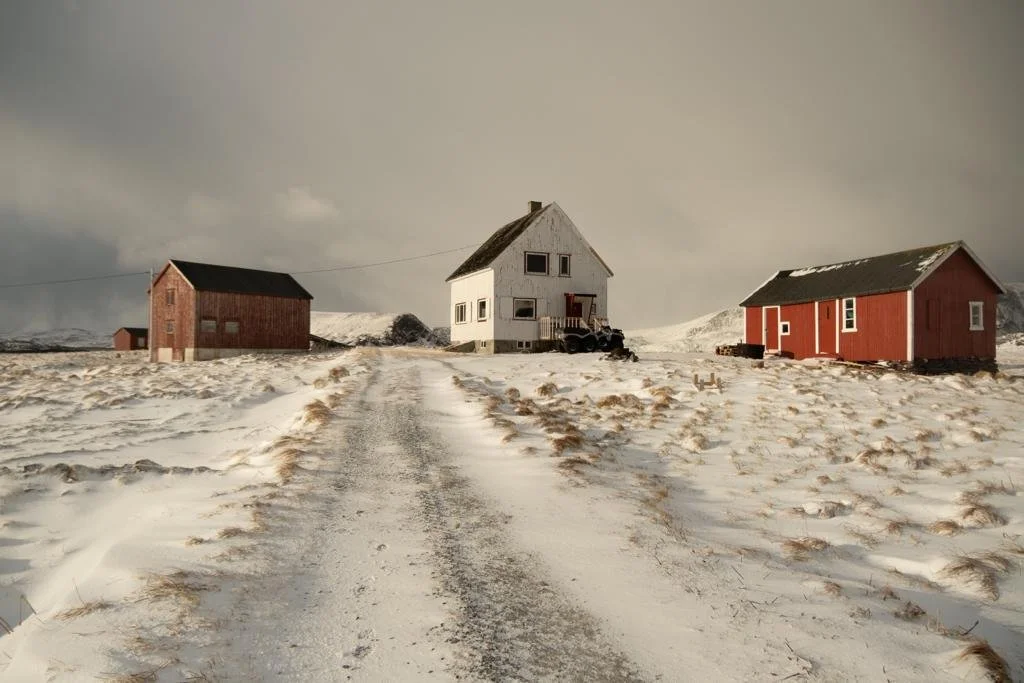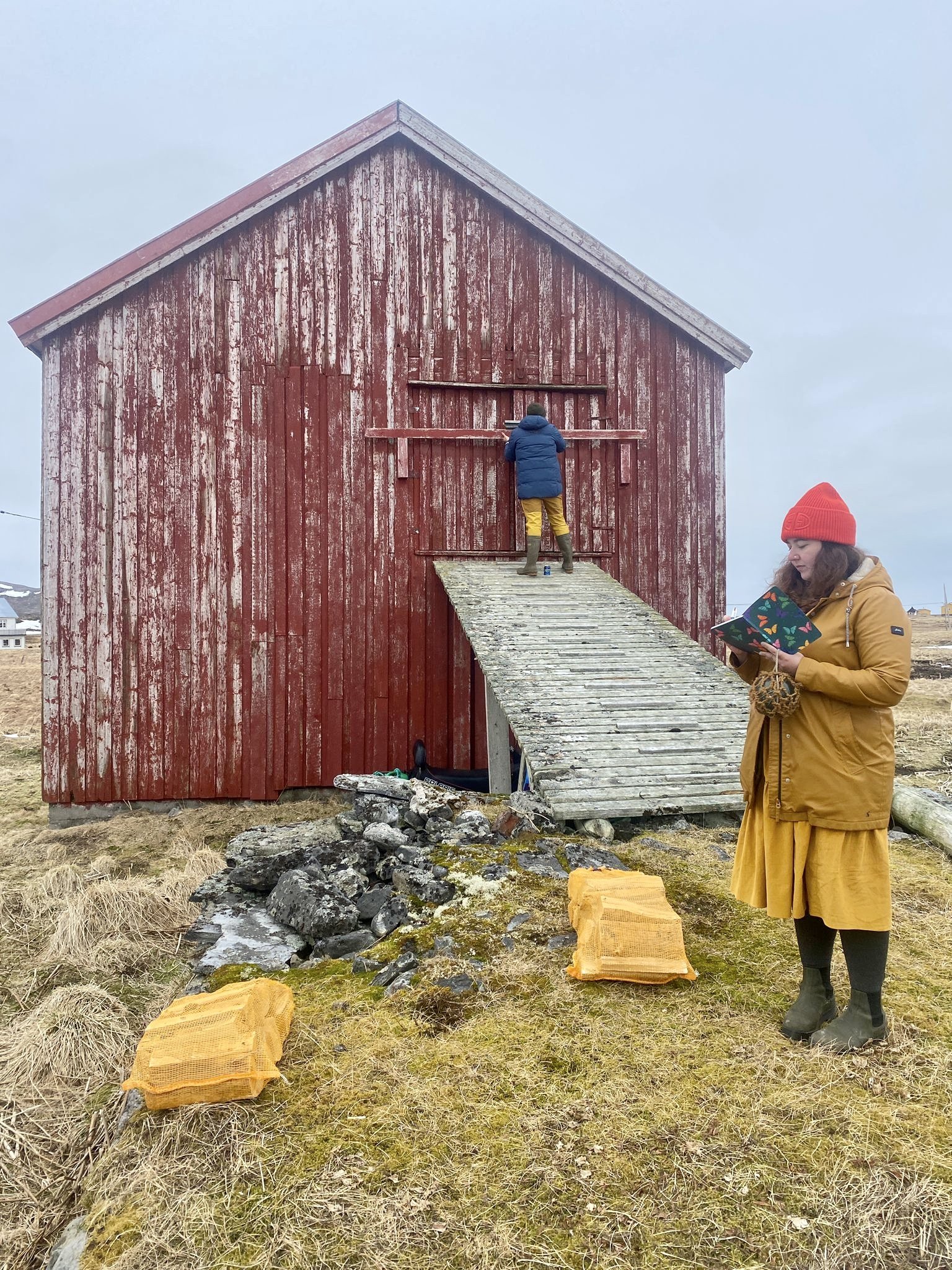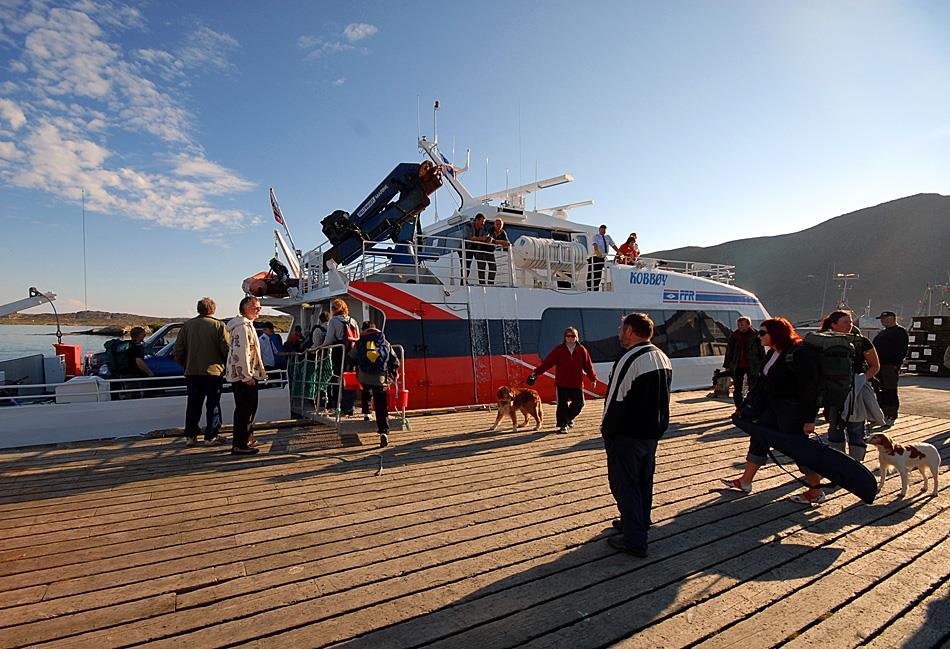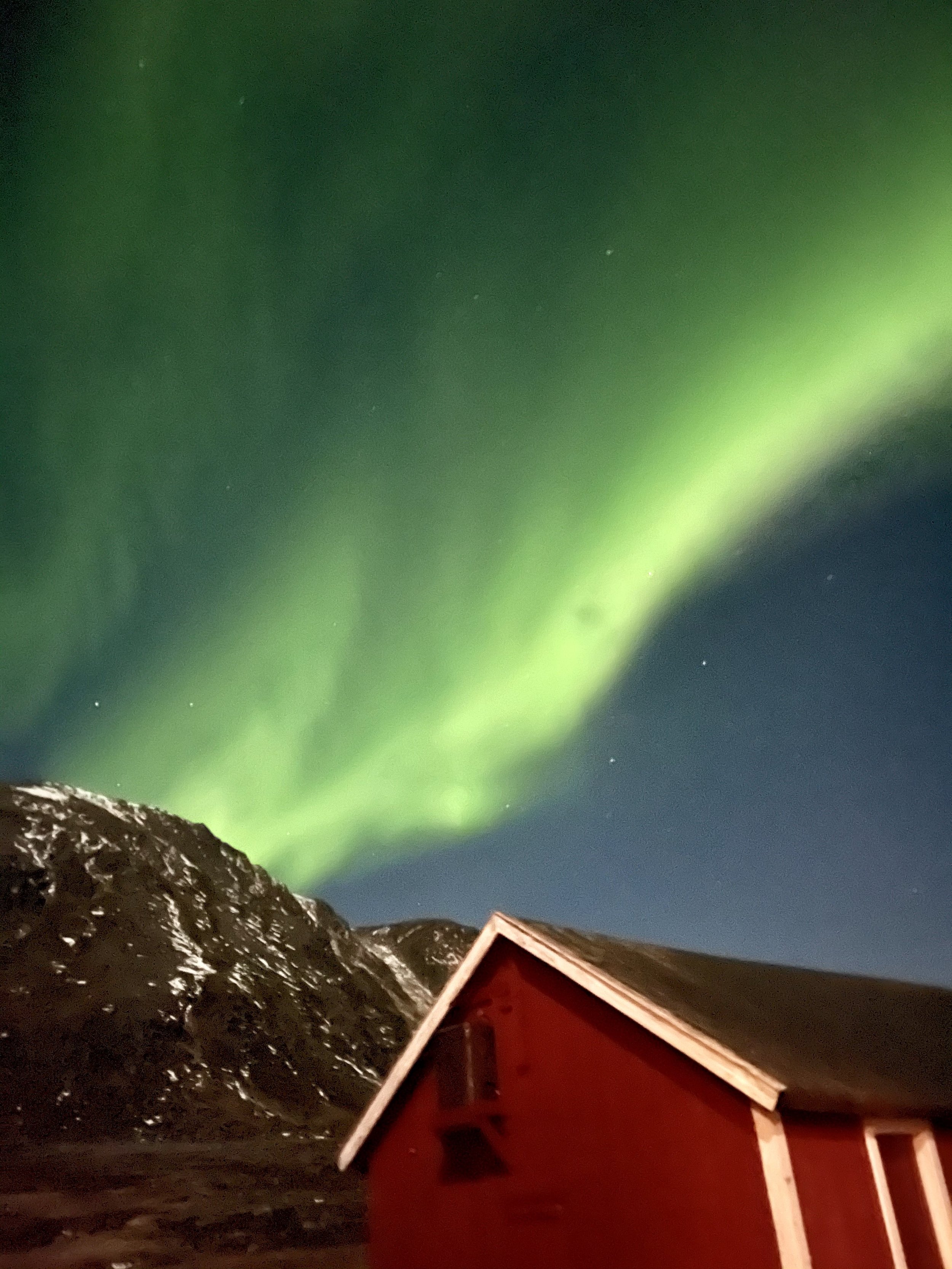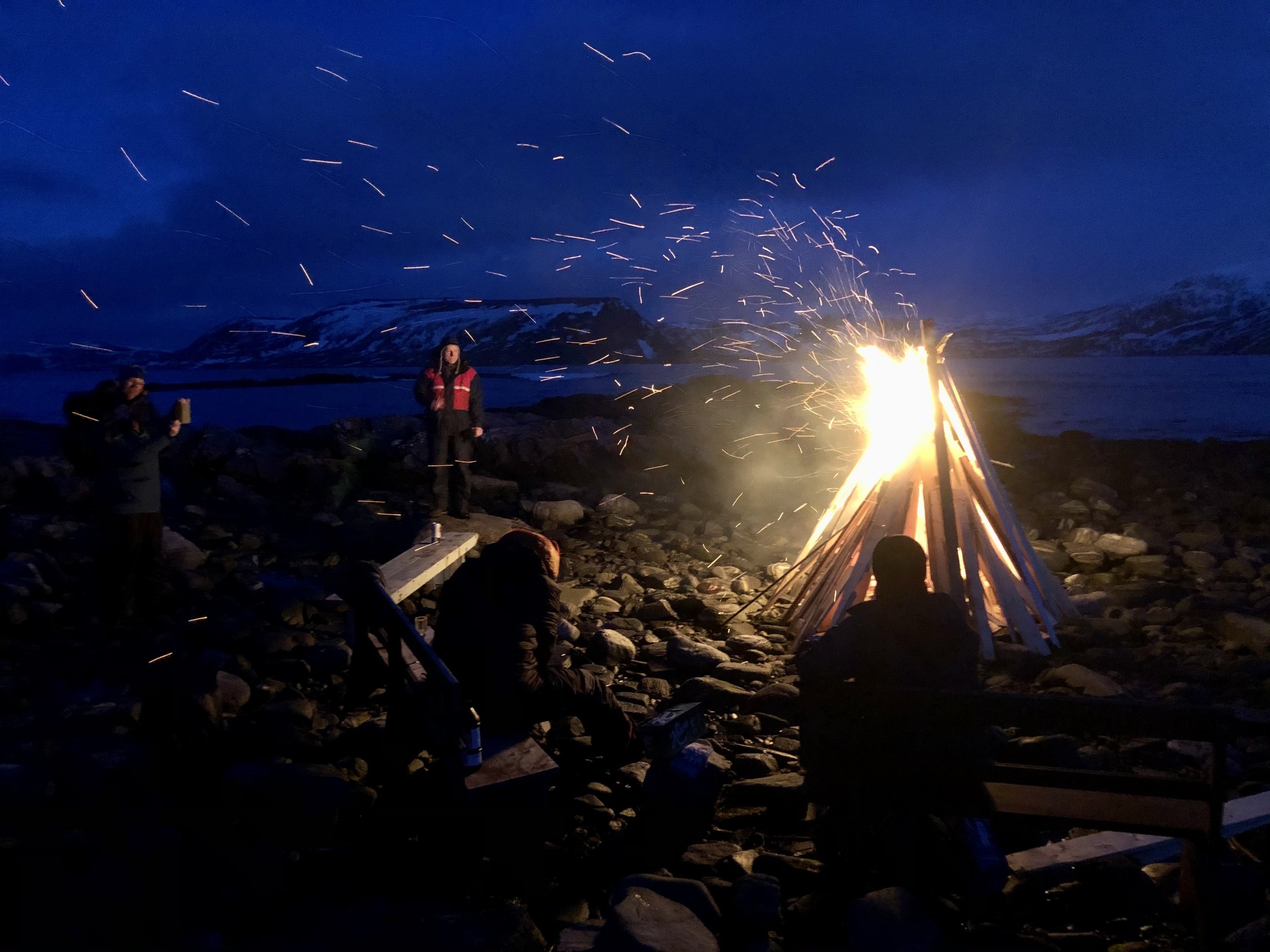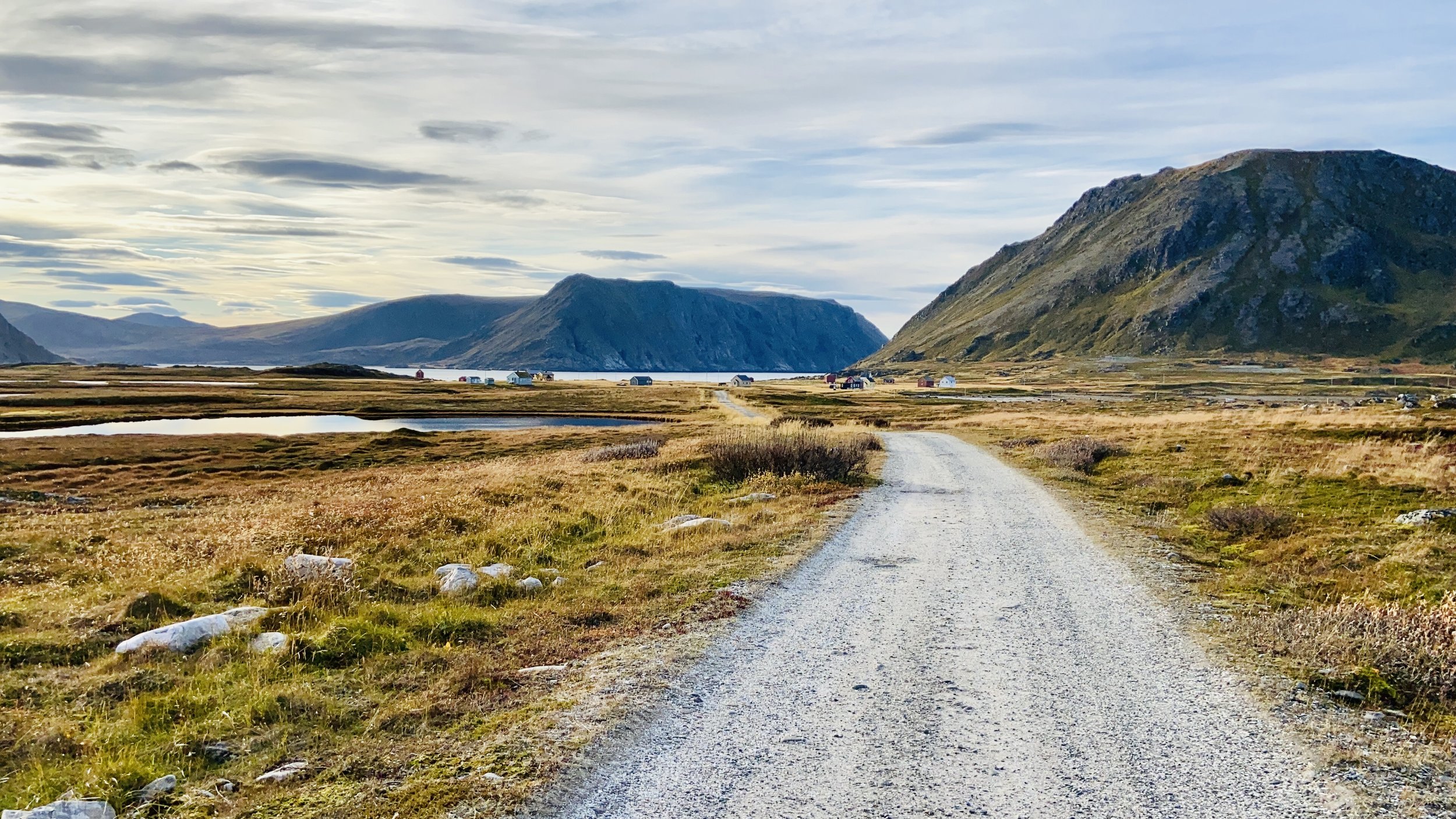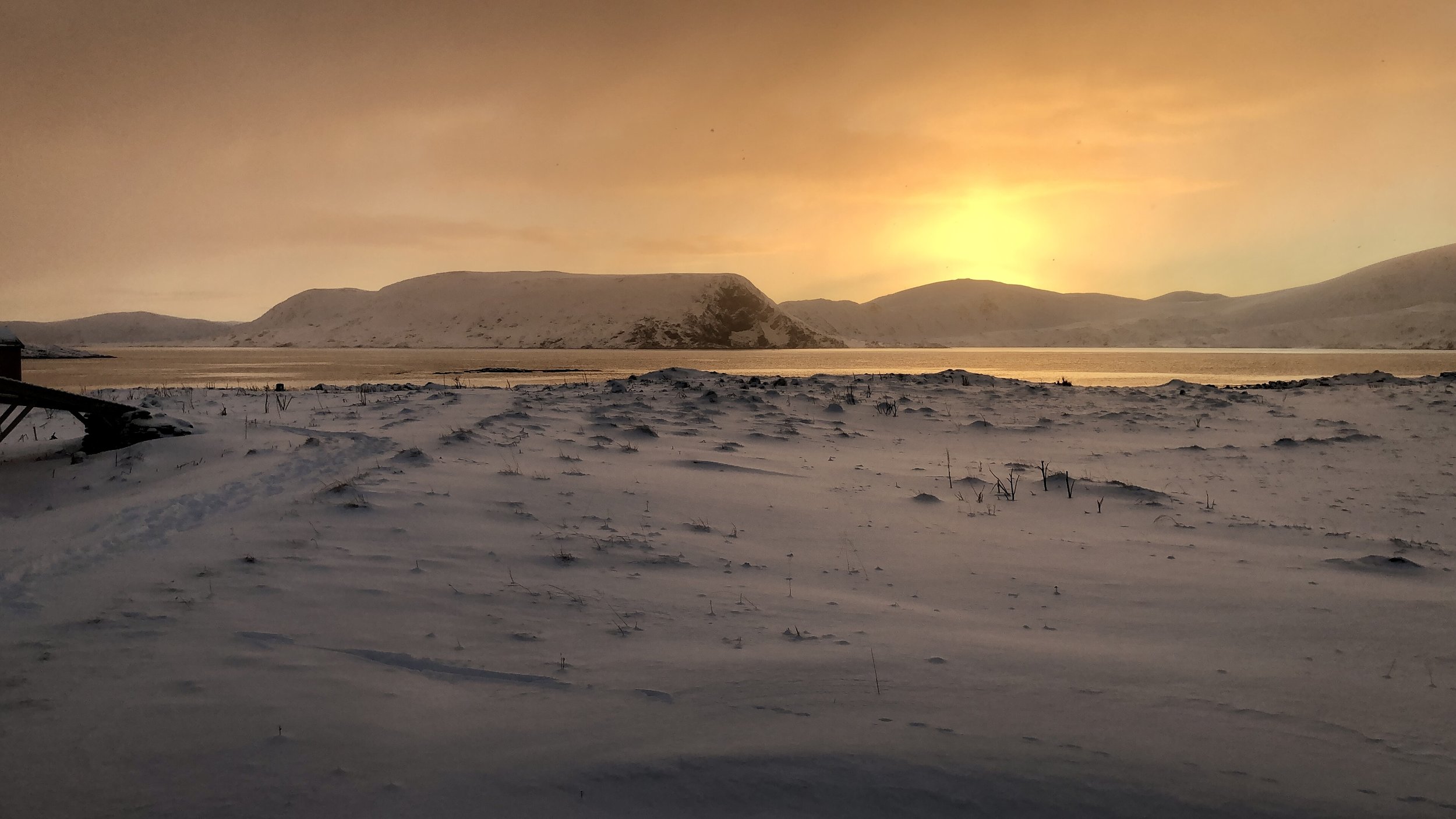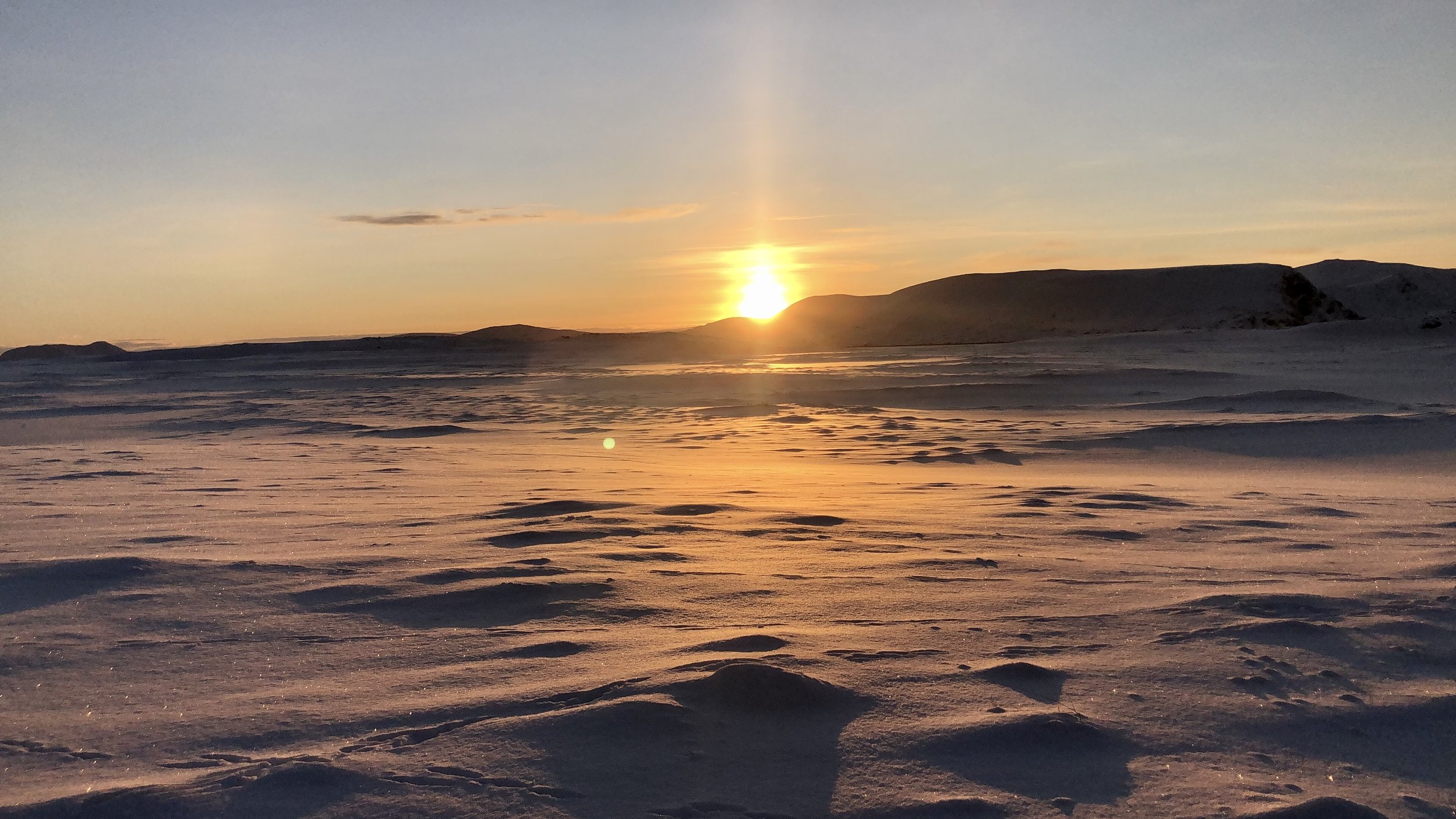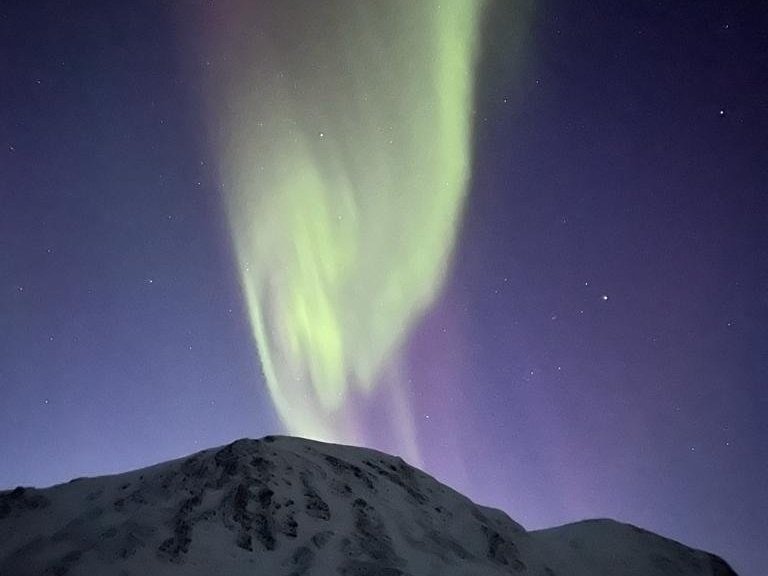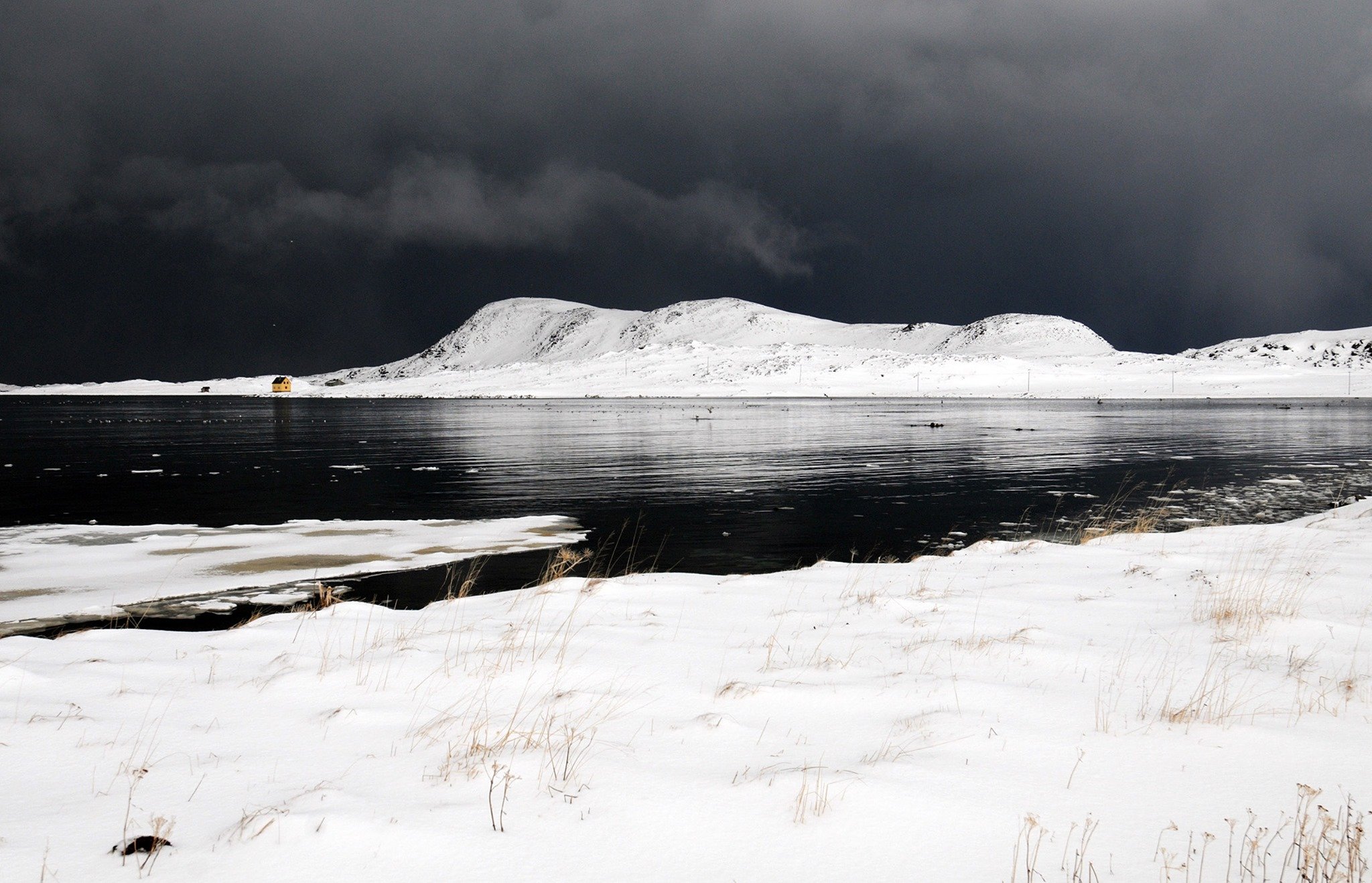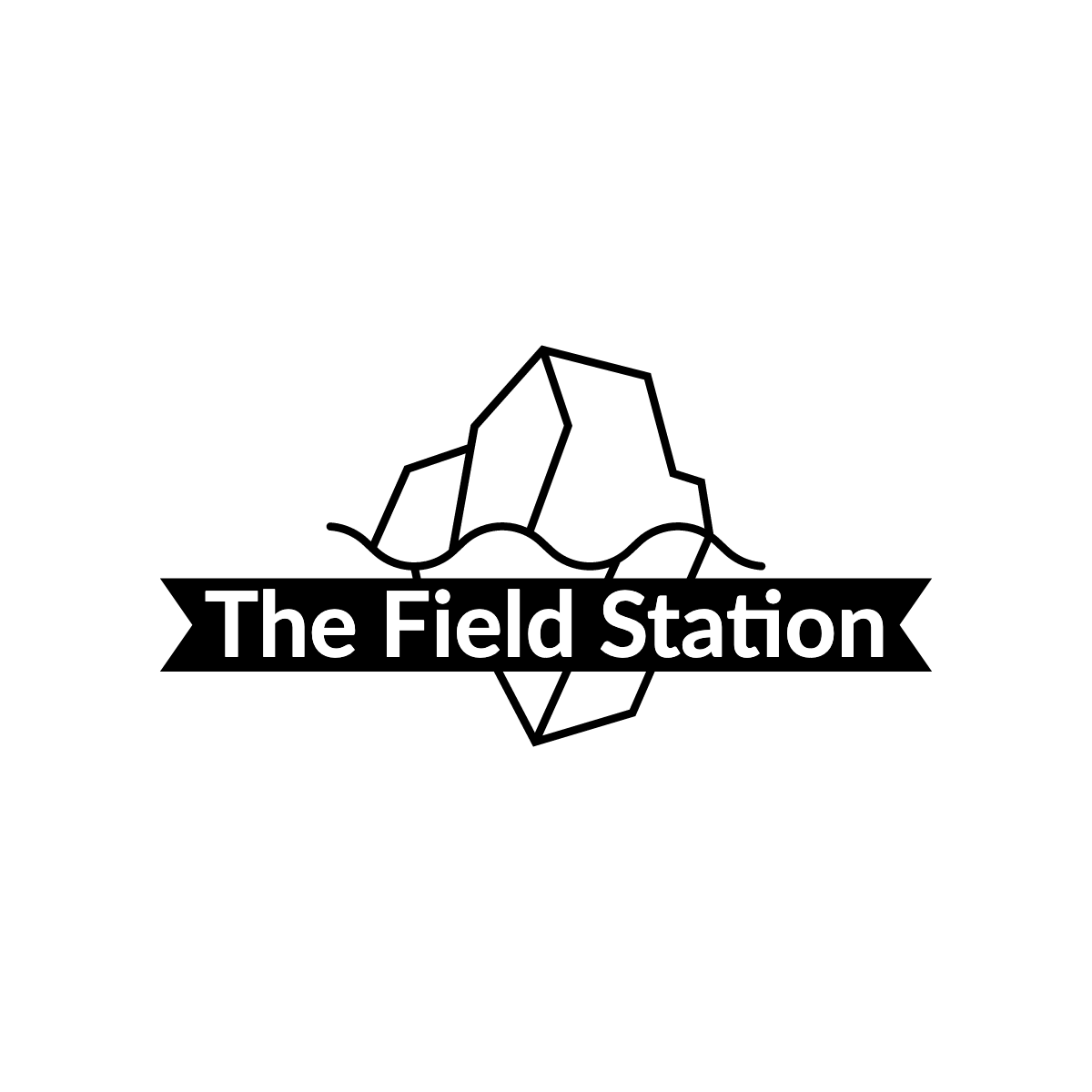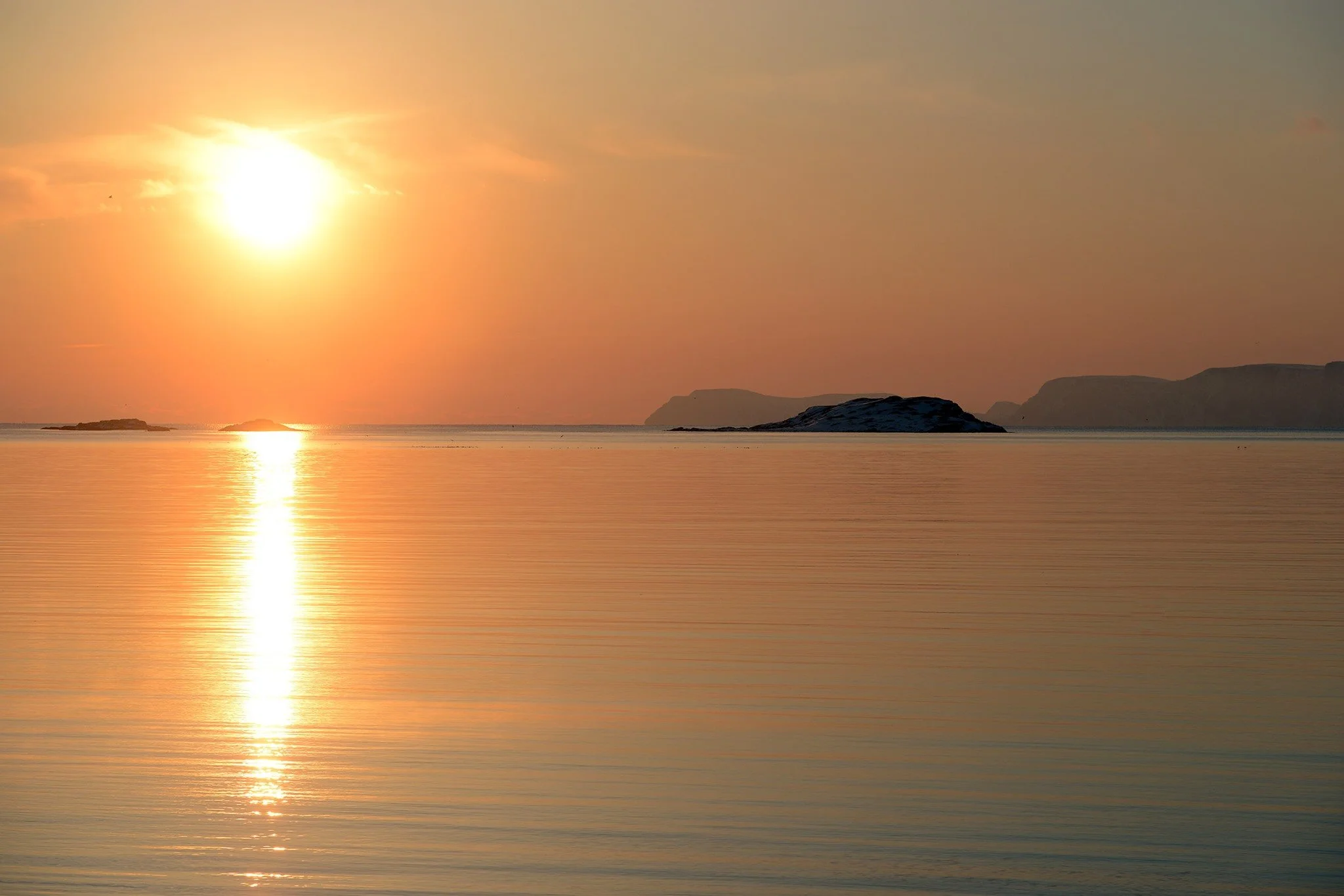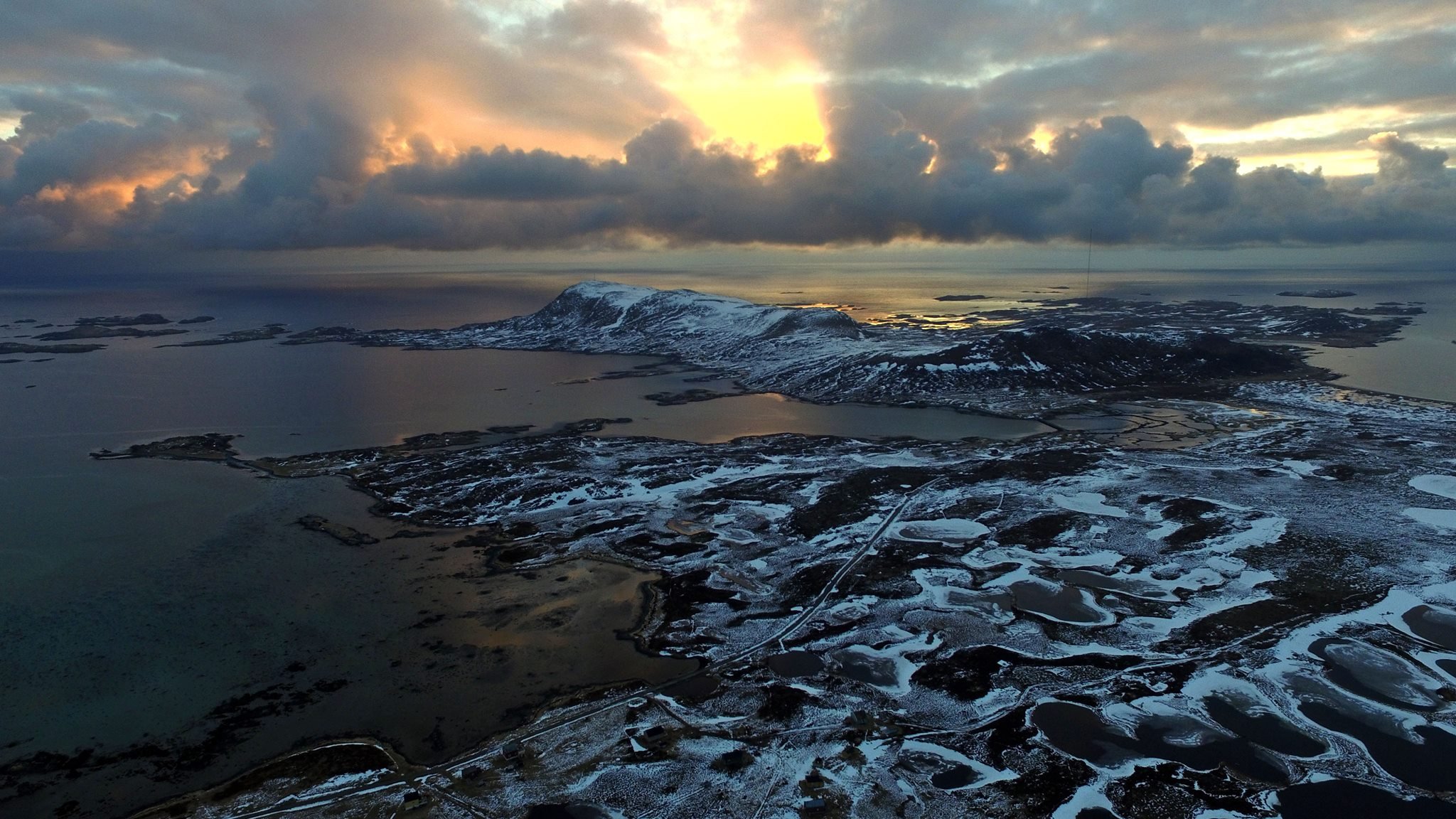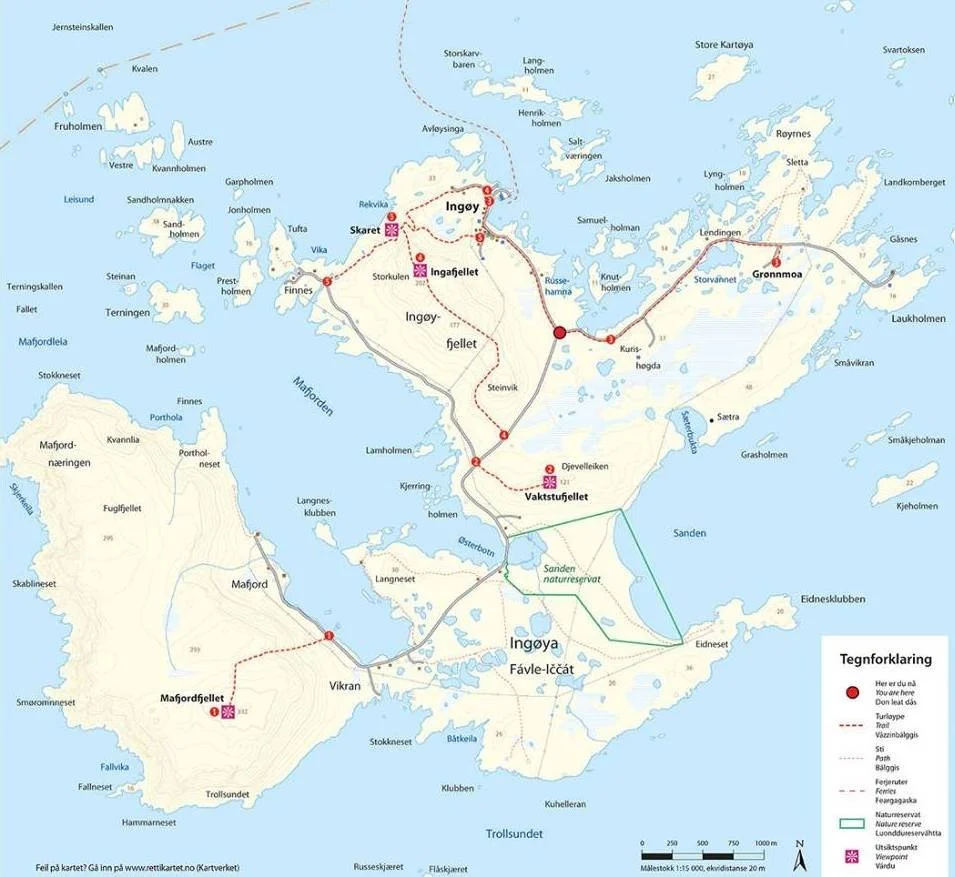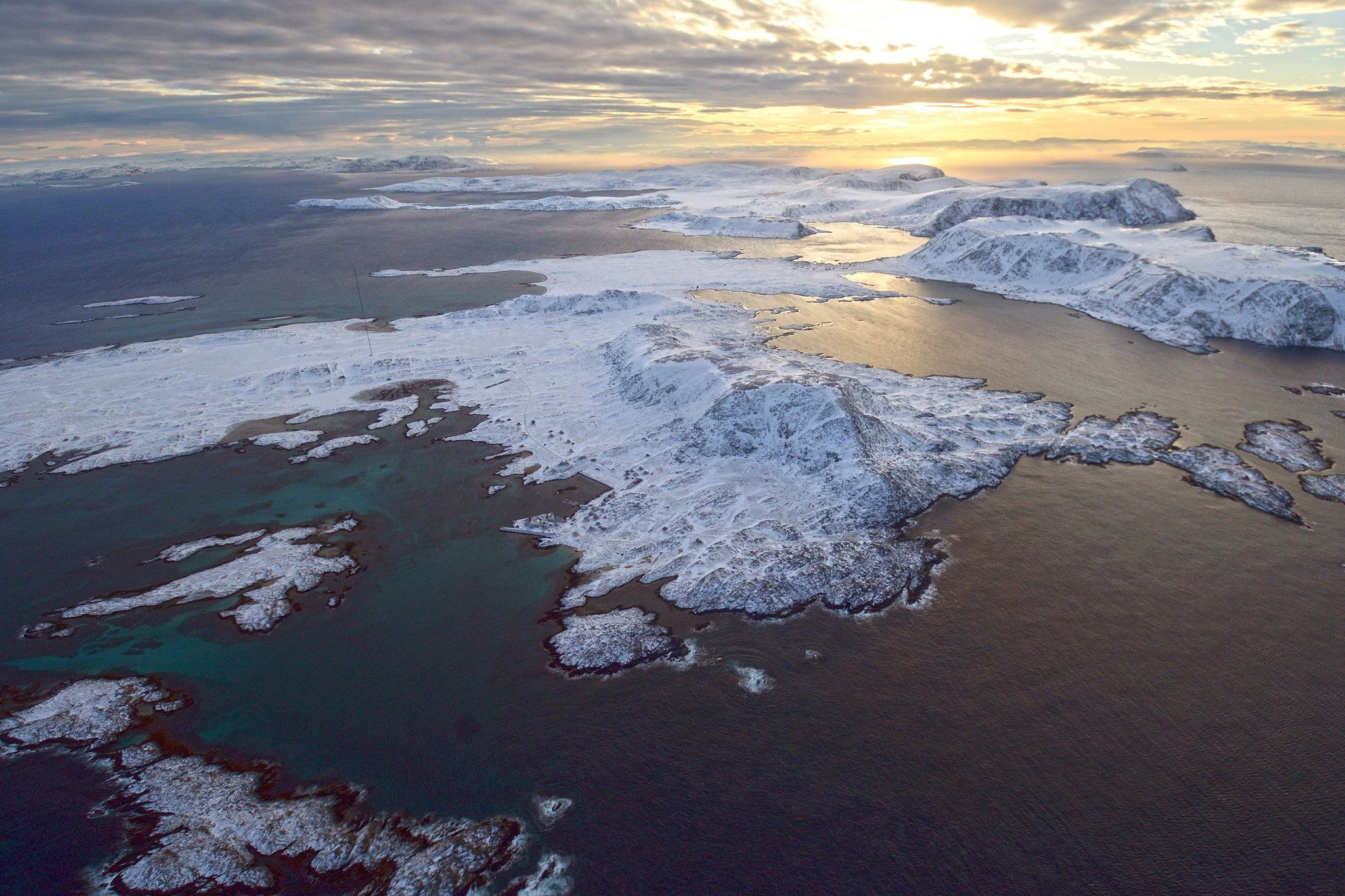
An Arctic Island 71° North
Why Ingøy?
An artist residency centre is not a producing organisation or a place to exhibit and present public-facing work. It’s a space to enable artists to think about, develop and create the work they want to make, away from the pressures and conditioning of institutions, commissions, deadlines and audiences. And what better distance and break from the everyday than a small, isolated island deep in the Arctic.
The combination of intense isolation, extreme weather variations, close proximity to nature, and drastic change in environment provides the visiting artist(s) with both a physical and a psychological break from their norm, allowing time and space to immerse themselves in their work.
This radical change can also be inspirational, enabling artists to think differently, approach their work in a new way or even explore new questions and ideas.
A historical meeting point
For hundreds of years, the Arctic seas around northern Norway and especially Finnmark facilitated a natural exchange between East and West, developing a singularly unique coastal society that existed on the boundary line between European civilisation and raw nature.
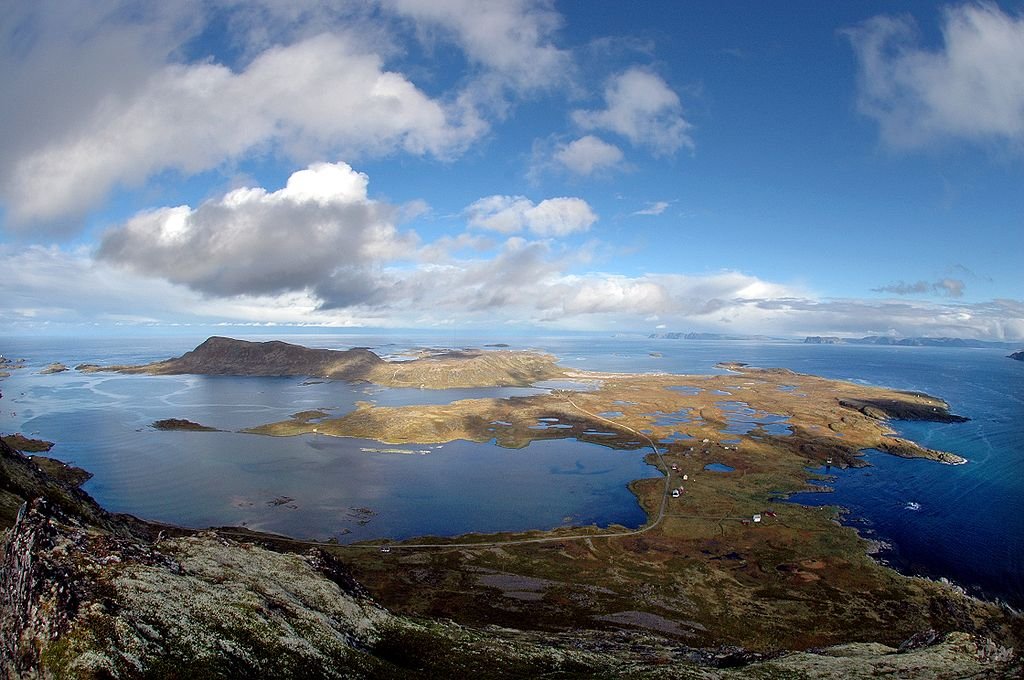
This heartland of the Sámi people became a truly international meeting point for the Russians, the Dutch, the British, the Germans, the Spanish, the Norwegians and many, many more. This impressively agile and thriving sea trade was not only in goods, but also in culture, and the island of Ingøy (the capital of Finnmark through the 16th and 17th Century) was right at the center of this communion, of this great coming together and sharing of ideas, languages and knowledge.
Today the Arctic and high northern Norwegian communities have changed drastically. Historically neglected, undervalued and often underfunded, the once busy and resilient coastal communities have now all but faded, leaving empty houses and deserted docks. (The population of Måsøy Kommune has decreased by 63% since 1970). No longer the centre of trade and commerce, only fishermen remain, but even they now face annihilation at the hands of industrialised fishing processes and the ongoing social-ecological challenges of global warming and globalisation.

The Field Station draws on the history and tradition of its environment, to re-ignite international cultural exchange in the Arctic and northern Norway.
By connecting the local with the global, Ingøy will once again become a thriving international meeting place, this time for artists.
Ingøy/Ingøya (Northern Sami: Fávle-Iččát)
A 18 km2 (6.9 mi2) Arctic island.
Midnight Sun throughout the summer and Northern Lights throughout the winter.
Only accessible by boat. 1 hour from the nearest mainland.
Approx 15 year-round inhabitants. Summer population of between 80 - 150 people.
Occupied by the Nazis during the Second World War, the island was subjected to their scorched-earth policy as they fled the Russian advance. Consequently, nothing on the island or in most of northern Norway is older than 1949.
An archipelago with numerous small islands and reefs.
The Gulf Stream and small island size combine to keep the temperature relatively mild for the Arctic, with winter lows of -8 °C (not including windchill factor) and summer highs of 20 to 25 °C.
Home to the world's northernmost lighthouse, Fruholmen.
Varied spring/summer hiking terrain, nature trails (including Sanden nature reserve), mountain climbing and bike paths.
Cross-country skiing and snowmobiles in the winter.
Home to northern Europe's tallest structure – a longwave radio mast that stands at 362m
Rich and diverse bird, plant and animal life, including golden and white-tailed eagles, Arctic hares, whales, dolphins, king crab and Arctic geese.
Several ancient archaeological sites of historical importance and the remains of two whaling stations.
An important fishing area on the edge of the Barents Sea, famous for the large stocks of cod, salmon, halibut, monkfish and king crab.
The small fishing village of Inga is home to most of the island’s inhabitants and a post office, school, church, community hall, as well as the small local shop supplied weekly via boat.
